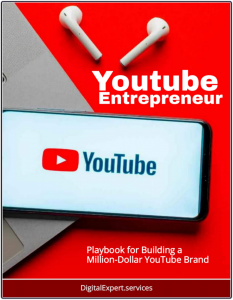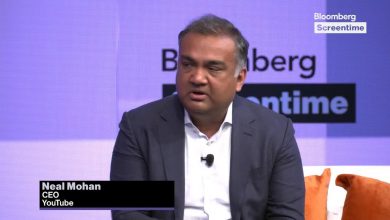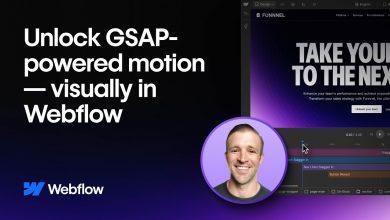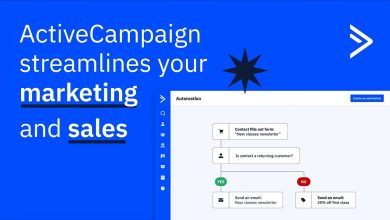 The trend of YouTube channels publishing entirely AI-generated content—encompassing images, videos, stories, and voice-overs—has accelerated in recent years, driven by advancements in AI technologies and the platform’s monetization potential.
The trend of YouTube channels publishing entirely AI-generated content—encompassing images, videos, stories, and voice-overs—has accelerated in recent years, driven by advancements in AI technologies and the platform’s monetization potential.
Overview of the Trend
AI-generated content on YouTube leverages tools like large language models (e.g., ChatGPT), text-to-speech systems (e.g., ElevenLabs, Play.ht, Camb AI), image generators (e.g., Stable Diffusion, Midjourney), and video synthesis platforms (e.g., Runway, Sora) to produce videos with minimal human intervention.
These channels create content ranging from educational tutorials and storytelling to music, kids’ entertainment, and niche topics like “Family Guy as an 80s sitcom” or meditation timers.
The trend is fueled by the low cost, speed, and scalability of AI tools, making it attractive for creators, particularly those pursuing “faceless” channels that don’t require personal appearances or extensive production resources.
Key Characteristics of the Trend
Proliferation of Faceless Channels:
Many AI-driven channels operate as “faceless,” relying on AI-generated voices, stock or AI-created visuals, and automated scripts to produce content. Examples include channels like Low Budget Stories and Zero Budget Stories, which use similar AI voices and graphics to amass high view counts (e.g., over 200K views per video).
These channels often target niches with high engagement, such as horror stories, sci-fi narratives, or children’s content, where consistent output can drive algorithmic visibility.
Content Types:
- Storytelling and Narration: Channels like Galactic Horrors and THE MIDNIGHT SHIVERS produce AI-written stories with AI voice-overs, often criticized for lacking originality or falling into “uncanny valley” territory due to formulaic writing and repetitive phrasing.
- Kids’ Content: Channels like Yes! Neo (970K subscribers) and Super Crazy Kids (11M subscribers) use AI for animated videos, often mimicking popular styles like Cocomelon. These channels raise concerns about unvetted content reaching young audiences.
- Music and Art: Some channels generate AI-composed music (e.g., shamisen music) paired with AI art, gaining millions of views despite debates over lack of “intention” or depth.
- Tutorials and Educational Content: Channels like edureka! (3.8M subscribers) use AI voices for tech tutorials, blending human research with automated narration to maintain a professional tone.
- Short-Form Content: YouTube Shorts are increasingly AI-driven, with tools like EasyVid automating visuals, voice-overs, and subtitles for quick, algorithm-friendly videos.
Technological Enablers:
- Text-to-Speech: Tools like Play.ht, WellSaid Labs, and Camb AI offer realistic, customizable voices in multiple languages, reducing the need for human narrators. These voices are cost-effective and allow rapid content production.
- Image and Video Generation: Stable Diffusion, Midjourney, and Runway enable creators to generate visuals or full videos from text prompts, often paired with slideshows or animations.
- Scriptwriting: Language models like ChatGPT generate scripts, video descriptions, and subtitles, streamlining the creative process.
- Automation Platforms: Tools like EasyVid integrate multiple AI functions (scripting, voice, visuals, subtitles) to produce complete videos with a single prompt.
Monetization Potential:
AI-generated videos can be monetized through YouTube’s Partner Program, provided they meet guidelines for originality and engagement. Channels with 1,000 subscribers and 4,000 watch hours can earn ad revenue, with some reporting success using AI voices (e.g., WellSaid Labs).
However, YouTube flags low-quality, repetitive, or auto-generated content (e.g., text-to-speech over static images with no added value) for demonetization. Successful channels add human oversight or unique elements to comply.
Claims of high earnings (e.g., “$50,000 a month” for kids’ content) circulate, but the niche is saturated, making it harder for new channels to stand out.
Conclusion
The rise of YouTube channels with entirely AI-generated content reflects a convergence of technological innovation and economic incentives. While these channels offer scalability and accessibility, they face challenges of quality, ethics, and viewer trust.
As AI tools advance, the line between human and AI content will blur, forcing YouTube to refine its policies and creators to balance automation with originality. The trend is unlikely to fade soon, but its long-term success depends on delivering value beyond algorithmic exploitation, especially as audiences grow wary of soulless content.




